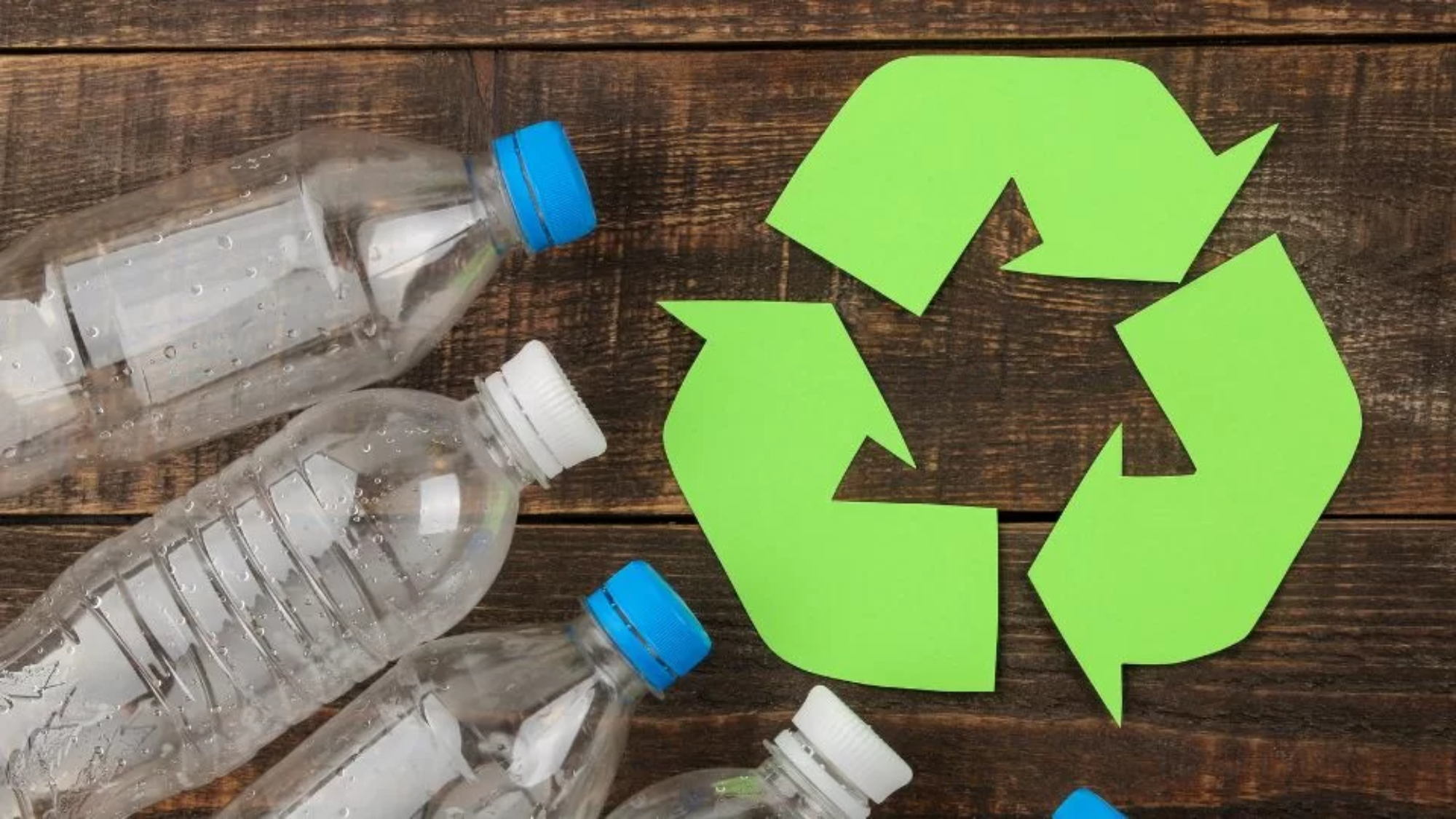Plastic continues to be a part of our modern lives, even though it is non-biodegradable and needs to be recycled to maintain a healthy lifestyle for both people and the earth. The flexibility of this piece of material is very apparent; it is always related to the electronic tough ones to the easily made-up-to-wrap-up goods. However, there is a growing fear of how one-time-use plastics are polluting the environment. This is the reason why recycling PET (polyethylene terephthalate) is so vital since it is the only way to achieve a sustainable future.
PET: The Second Life of Plastic
Pet includes plastic bottles, containers, and other plastics that can easily be recycled to form new products. Transforming PET plastic products, bottles, and other items into new resources might reduce our demand for virgin plastic production. Thus, it reduces the amount of waste that ends up in landfills and saves resources while also helping the environment.
How does PET work?
The process by which PET plastic is transferred from your recycling bin to a new product is very much needed to understand its importance. Let’s explore the exciting realm of recycled PET.
- Gathering: You are the pioneer, so you should be in charge of the application. The PET bottles that are no longer in use must be gathered and sorted from the other waste. The two ways to dispose of the items to be recycled are drop-off places or curbside programs.
- Sorting and Baling: The PET bottles are first collected and then sent to the recycling centers. The impurities, like the labels and caps, are removed through the rigorous sorting procedures they undergo here. The PET, after it is processed, is compressed into big bales, which will ease the handling process.
- Cleaning and Flaking: The baled PET is thoroughly cleaned to ensure that no smoothies or debris are left on it. Everything is carefully checked to ensure that the recycled material is pure, which is essential for the production of high-quality final products. The PET is washed, then pulverized and shredded into microscopic chips, which are later used to make cell phones.
- Melting and Repolymerization: The heating in the hopper is followed by the melting of the PET flakes, which are then transformed into liquid plastic. Repolymerization is the process of breaking down the melted plastic into its parts and then reassembling it into the premium rPET.
This process converts all waste plastic into different products, such as beverage bottles and cleaning products. Polyester fibers are also made from this recycling, which are further used in clothing and textiles.
Advantages of PET Recycling Plastics
Pet recycling makes sense when it comes to economic and environmental preservation. Here are some benefits it has for the globe:
- Decreased Environmental Impact: Reusing PET plastics preserves natural resources like oil and gas. It also reduces landfill waste and environmental issues.
- Lower Carbon Effect: The production of PET has a much lower carbon effect than virgin plastic since it requires less energy.
- Economic Benefits: The PET recycling industry is the result of the increase in employment and the circular economy, which is the process of using resources for a long time and preserving them as long as it is possible, the need for which increases.
To sum up
To cut the amount of plastic waste and create a more sustainable future, PET recycling is very important. The convergence of consumers, manufacturers, and legislators is the key to the realization of the full potential of PET’s second life through the use of this technology. Hence, one should remember the PET bottle’s possible way into the ocean or somewhere else after you have consumed it. The saying, “Do your part and do it the right way,” Do your part, recycle, and you get to keep your career in research!!” must be used!




Add a Comment